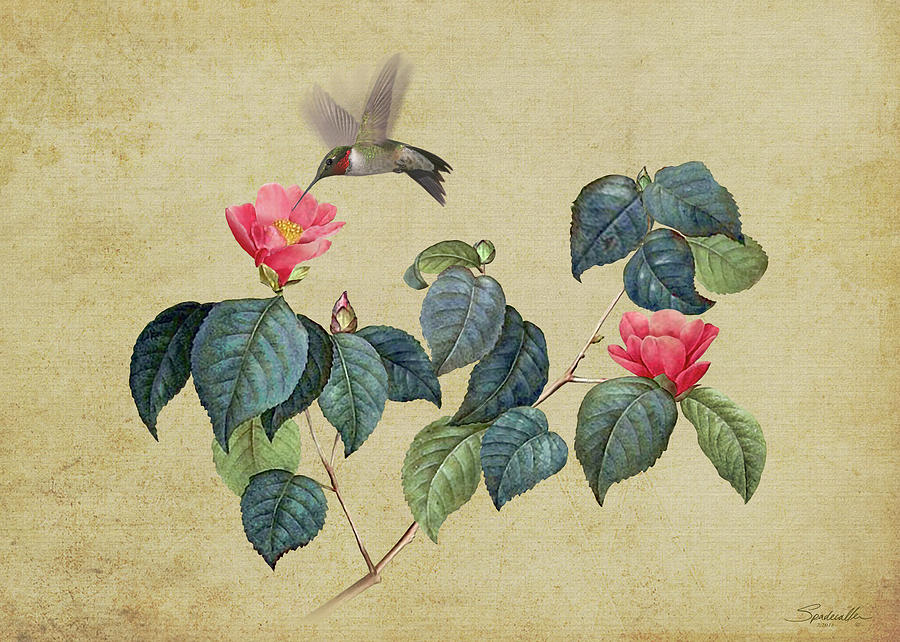

Many trees and all of the grasses are wind pollinated and do not make use of pollinators. The structure of tomato flowers, for instance, allows them to be pollinated even if not visited by bees. The flowers of some plants are able to carry out this process without any help from pollinators. Pollination in plants occurs when pollen from the male parts of flowers is transferred to the female parts of flowers and fertilizes the eggs. We can, however, help support native pollinators by creating pollinator-friendly landscapes and pollinator gardens, as well as protecting wildlife habitat.
:no_upscale()/cdn.vox-cdn.com/uploads/chorus_asset/file/22876139/FAEUnKCVgAEN_y4.jpeg)
Factors such as frequent transportation, agricultural pesticides, poor diet and issues with parasites have been identified in hive losses known as colony collapse disorder.Ī home gardener can do little to affect the loss of commercial honeybee hives. Bees are important in many vegetable crops, both for production and to create the seeds needed to grow succeeding crops. This non-native bee species plays a critical role in the production of many crops, such as peaches, pears, apples, citrus and almonds. Particularly dramatic have been losses in commercial hives of European honeybees.

But much of the decline in populations can be attributed to habitat loss, disease and parasites, pollution and pesticides. It appears that the problem is complex, and multiple factors are at work. You may have read or heard news reports about the declining populations of native pollinators, such as bees, butterflies, moths, hummingbirds and others.


 0 kommentar(er)
0 kommentar(er)
